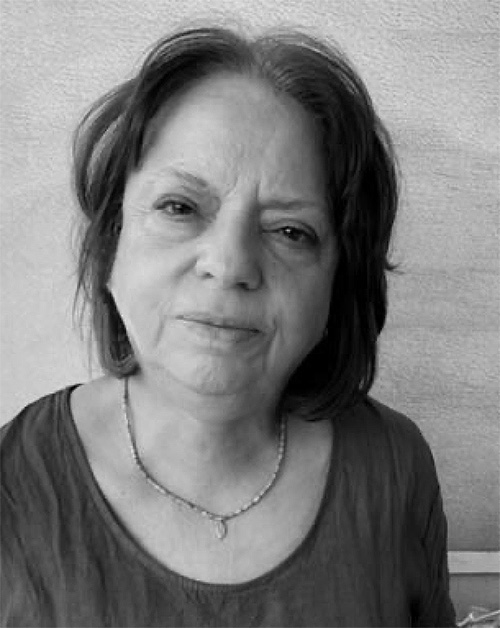"As an immigrant from Italy growing up in New York, I was drawn to observing people and fascinated by differences in cultural behavior. I saw myself always faced with the dilemma of interpreting and reconciling home country with adopted country norms and behavior. Things that were perfectly normal in one culture could be foreign, even problematic, in the other. I developed “antennas” having to constantly read and interpret cultural cues or nuances in interactions with people. This feeling of being an outsider made me want to know more about people, how they lived, what they believed in. Seeking this, anthropology has been a lifelong study that I explore photographically. Photography has served as a passport that allows me entry to worlds normally closed to me.
The central theme of my photography is individuals who are outside the mainstream of the larger society. I have photographed immigrants, punks and skinheads, Austrian farmers in the Italian Alps, inner city youth and gang members. My work explores how individuals who, either by choice or because they are seen as “the other,” live outside the dominant culture. My goal is to explore how individuals shape their identity and give voice to their own existence."
REBELS: Punks and Skinheads of New York’s East Village
"New York’s East Village has always been a haven for strivers, a home for immigrants, artists, poets and later the place where the punk movement was born. In 1984 I moved there and was fascinated by the young people walking around sporting body metal, torn clothing, tatoos, and chains. I photographed them in the streets, in the abandoned buildings they called home and in the clubs like CBGB where they played their hardcore music. These were young people who were looking for a more authentic way to be and did not see a place for themselves in mainstream society. It was exciting to see, in what appeared to be squalor and dissolution, something being born. With grit and ingenuity they took vacant lots filled with rubble and turned them into urban gardens, abandoned buildings into housing, and anger into art, music and community. Despite the drugs, poverty, and violence that battered the East Village at the time, the creative response was there, raw and beautiful, and that is what interested me."
